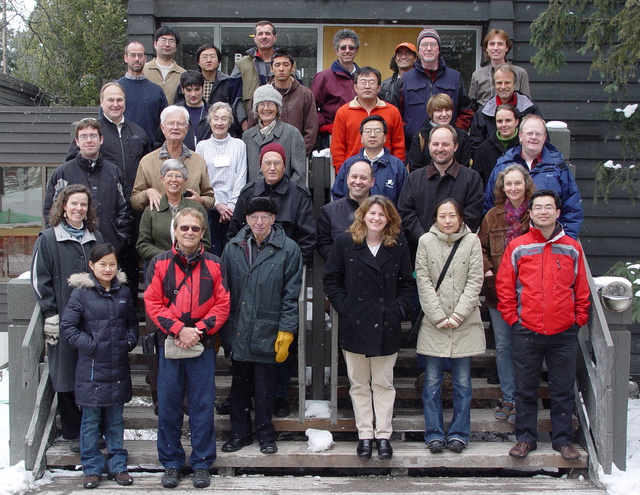Dynamics of structured populations (08w5031)
Organizers
Thomas Hillen (University of Alberta)
Frithjof Lutscher (University of Ottawa)
H. Thieme (Arizona State University)
Pauline van den Driessche (University of Victoria, B.C., Canada)
Description
A mathematical theory for structured population models is beginning to emerge. For this workshop we will invite a diverse selection of experts in mathematics and modeling which will include senior and young faculty, post docs and graduate students. We aim to use synergetic effects to advance the theory of structured population models, but also, we exchanged new developments between the various applications. The class of structured population models becomes more and more important in biomedical modelling and we expect that for some of the applications significant progress can be made.
The Banff International Research Station for Mathematical Innovation and Discovery (BIRS) is a collaborative Canada-US-Mexico venture that provided an environment for creative interaction as well as the exchange of ideas, knowledge, and methods within the Mathematical Sciences, with related disciplines and with industry. The research station is located at The Banff Centre in Alberta and is supported by Canada's Natural Science and Engineering Research Council (NSERC), the US National Science Foundation (NSF), Alberta's Advanced Education and Technology, and Mexico's Consejo Nacional de Ciencia y Tecnología (CONACYT).






